Table of Contents
The modern election campaign: a mix of print and digital
To run an effective election campaign, you need to adopt a diversified communication strategy. This means promoting the candidate and their values through both digital channels, like websites and social networks, and traditional channels, like newspapers, radio and TV.
Social networks let you talk about a candidate’s campaign day after day, hour after your, almost in real time. You can share images, livestreams, documents and comments on them. So, you should definitely make the most of social media in your election communications. But remember, the speed of the web means that people absorb and then quickly forget the messages that they see.
What’s more, social networks’ audience is heavily skewed towards young people, whereas the electorate as a whole has a much older demographic which uses social media far less. For these voters, traditional printed communication remains a tried and tested method.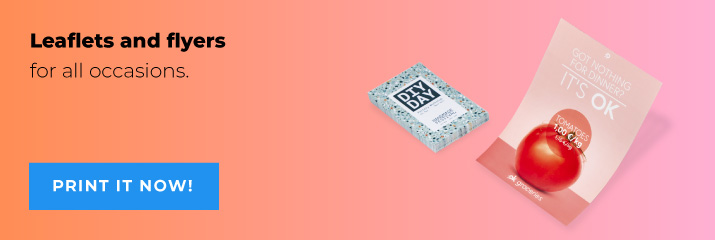 The advantages of offline communication and printed electoral material
The advantages of offline communication and printed electoral material
On the web, our attention is overloaded by enormous amounts of information that flash past our eyes. This, however, does not happen when someone is walking down the street and sees an election poster, is handed a candidate’s business card or picks up a flyer and stops to read it.
They can read it straight away, or in their own time when they get home, but that printed message will always be there: it won’t be lost among thousands of social network notifications. Furthermore, holding a business card or flyer involves the reader’s sense of touch, as well as sight, which stimulates more areas of the brain, increasing the likelihood of the message being remembered. So, while a candidate can pretty much campaign live on social media, a printed communication campaign remains essential. That’s why both strategies are needed to support each other and strengthen the candidate’s image among potential voters.
Effective election campaigns: essential materials
To run an effective electoral campaign, you need to convey clear messages and capture the attention of the electorate. There are many printed materials for doing just this. Let’s take a look at some.
Election flyers, leaflets and postcards
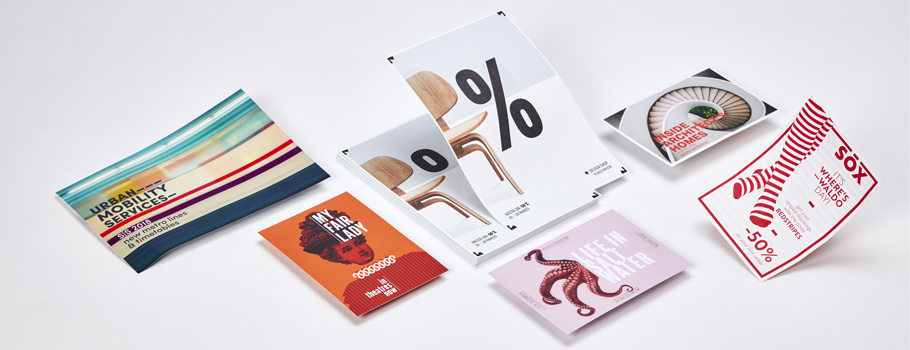
Election flyers, leaflets and postcards say more about a candidate and what they intend to do. While gazebos and posters highlight the candidate’s face, name and party, flyers and leaflets flesh out their message and electoral promises. Flyers and leaflets have a compact format and are easy to distribute while also allowing vital information to be shared with voters that can’t be easily conveyed using other printed materials. Likewise, an election postcard highlights key messages or important information about the candidate. Flyers, leaflets and postcards are “persistent” due to their compact size. They turn up in the post, remind people of a name and message and even do so if…accidentally trodden on by passers-by! They are timeless campaign tools.
Business cards for elections
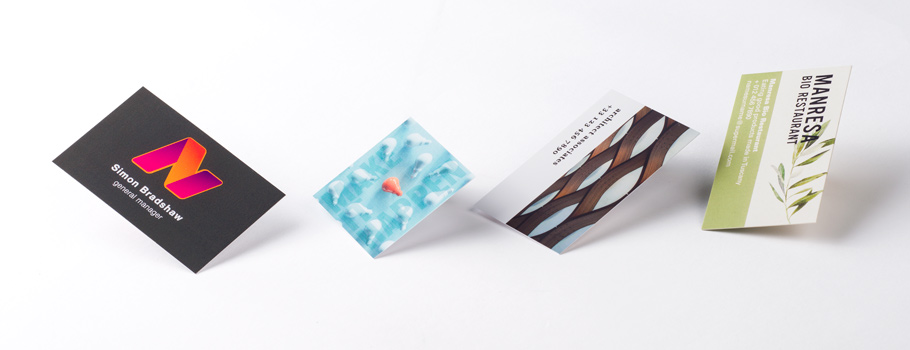
Business cards for elections are another classic. Easy to hand out to passers-by, when done right, they help spread electoral messages and are an immediate reminder of the candidate’s political campaign. People read them and then pocket them, only for them to pop up again later on the dresser at home or on the dashboard in the car, turning on a lightbulb in the heads of voters. You can make election business cards stand out from the crowd by applying premium finishes that make them both nice to look at and touch.
Headed paper, envelopes and letters for elections
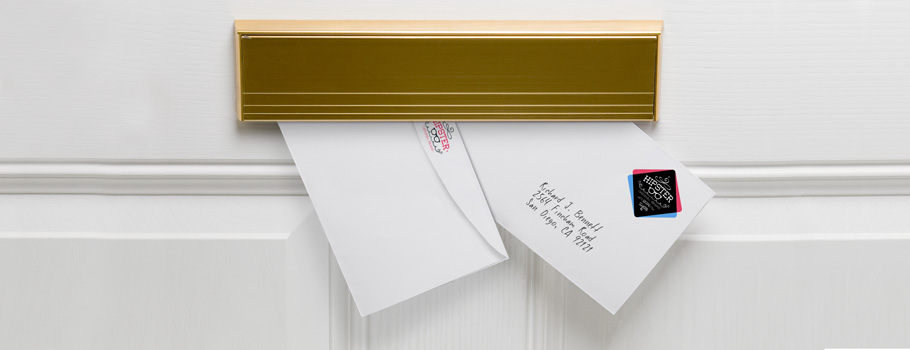
Speaking directly to voters can make a difference. An open letter, posted to every house can show care and attention that is not forgotten by voters. Sending an election letter on headed paper in a customised envelope is a great way to reach people in a more direct and intimate manner. It’s an occasion where a paper letter carries far more weight than an email.
Election posters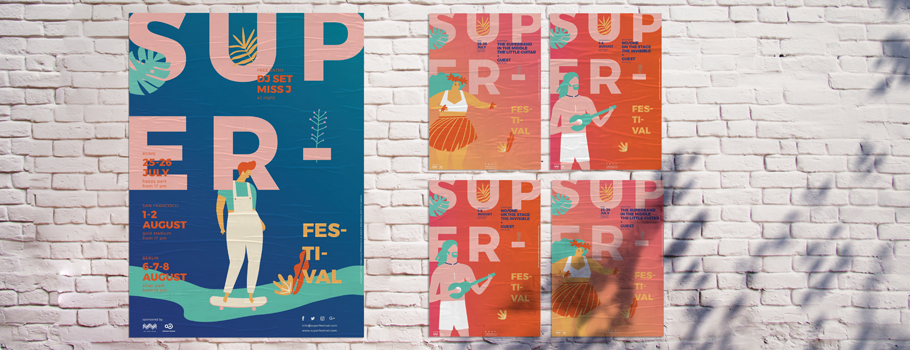
You could be forgiven for thinking that they’ve gone out of fashion, but election posters are alive and well. Seeing a candidate’s face on the commute, on the way to the shops or on the school run, several times a day, week after week, leaves an impression. You begin to internalise the candidate’s image, political affiliation and message. A message that’s disseminated over time and accompanies the candidate right up to election day, without any active effort. All you need to do is find the best places to put it.
Election stickers, pin badges and promotional items
Why not actively involve supporters in the election campaign? With customised pens, pin badges and stickers, we can also make future voters an integral part of the campaign. Promotional items are always popular and spread quickly, from one person to another. A pin badge worn in a jacket, a pen used at work or a sticker placed in the right spot become small but effective reminders of the forthcoming elections.
Gazebos and counters for elections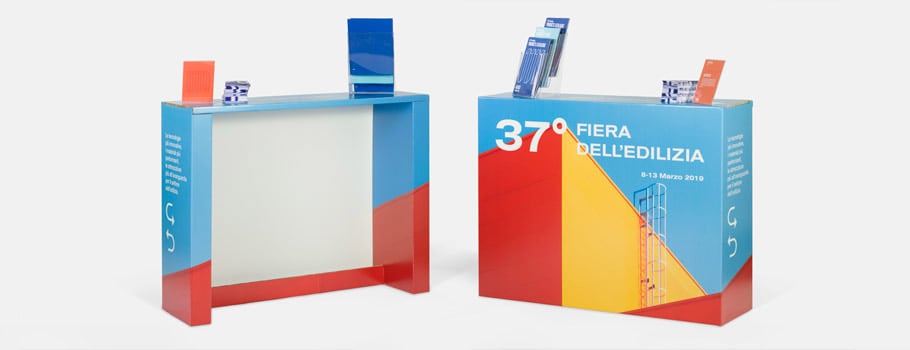
A gazebo is the perfect spot for candidates to meet the public. It’s somewhere they can speak to voters, listen to their concerns and hand out flyers and other electoral materials. A special election gazebo with the party logo or candidate’s name will catch people’s attention, who can’t miss its physical presence. Gazebos can be combined with customised counters and desks where promotional material can be displayed. Election flags and roller banners
Election flags and roller banners
The party name and logo, fluttering in the wind. It won’t go unnoticed. Election flags are a vital tool for reminding the electorate of the candidate and their political campaign. They can be placed beside the gazebo or positioned at strategic points when the candidate is canvassing. Also very useful are roller banners, which can be used to highlight the candidate’s presence at rallies or conferences.
These are just some of the printed electoral materials used to organise effective campaigns on the ground. There are many more that can be used, depending on the candidate and their desire to make themselves known to voters. Good luck!

